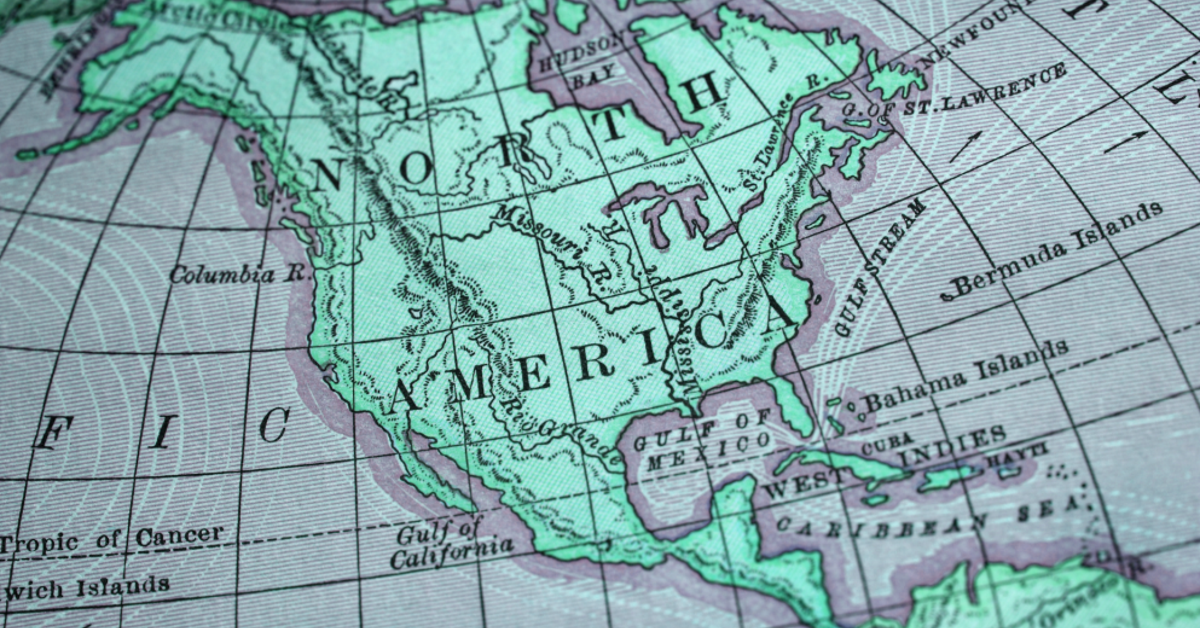North America’s digital identity landscape
Identity systems across North America have not evolved for a digital world. Most online services still rely on physical documents such as passports and drivers licences – used by 80% of American adults – as a root of trust. Verifying that a credential is genuine and belongs to the individual you are interacting with is much more challenging when an interaction does not take place face-to-face.
And for individuals without any form of government issued ID – 11% of the population, and as many as 25% of minority populations – proving who you are to establish a digital identity, is almost impossible. Physical documents also display far more personal data than is necessary for most transactions. With data breaches on the rise, systems to better protect privacy are urgently needed.
Knowledge-based authentication methods such as social security or national ID numbers are also still widely used, despite their known vulnerability and extensive misuse. As more and more of our lives and interactions move online, identity systems across North America need to improve.
A national digital identity crisis
In 2020 the pandemic swept across North America, and millions went online to apply for unemployment, food, housing, and other public benefits. The need for digital identity became more apparent than ever, as many experienced difficulties verifying their identity and faced delays or were denied payments. Yet criminals successfully defrauded these same government programs of billions of dollars.
After the US CARES act was passed, $36 billion was lost to fraudulent claims. In Canada, reports of identity fraud skyrocketed 54% in 2020, and one in three people experienced a benefit related phishing attempt. And in Mexico, a country facing one of the world’s worst COVID fatality tolls, there were widespread reports of online scammers extracting money for fake tests, prescriptions and even vaccine doses.
Legacy solutions simply cannot keep pace with the sophisticated techniques used by today’s cybercriminals. Digital identity is no longer just a nice-to-have for convenience. It has become a necessity for national security and citizen autonomy.
A fragmented landscape
Efforts to introduce a government-backed digital identity have not yet been successful, in either Canada, Mexico or the United States. A range of digital ID initiatives based on public-private partnerships have sprung up, but rules and requirements vary immensely between different federal, state, provincial, and local entities within the region.
From financial services, to travel, to healthcare, there are some extremely advanced digital identity initiatives underway within the region. New technologies such as big data and analytics, mobile, cloud computing and biometrics are changing the way citizens identify themselves online.
But some solutions provide stronger security than others, and interoperability between systems is limited. A lack of coordinated public infrastructure, entrenched private interests, and disparate legislation keep data held in siloes and limit consumer choice. Digital identity is not viewed as a necessity and as a result there are those who are left behind.
Collaboration between public and private sector stakeholders could help to spur the necessary standards and privacy protections to support innovation. Open access to information across verification and authentication systems will be critical to enabling more coordinated progress.
Time to make digital identity a reality
As consumers become accustomed to a world of instant and boundless connection, expectations are set which extend to products and services across all areas of life. Organisations everywhere are adapting their products and services for an increasingly digital world.
The reality is that handing over personally identifiable information online has become a requirement for accessing most products and services. Reports show that 8 in 10 Americans now feel they have little to no control over how their data is collected by the government or private companies.
The more data points exist about the average user online, the greater the need to ensure personal information is only shared and used with the direction and consent of consumers. As digital transformation accelerates so does the need for an identity framework centred around privacy. Digital identity today should be a national priority, to enable growth, inclusion, and trust in a changing world.
_________________________________________________________________________________
The conversation continues at Future Identity North America, May 12th 2022



